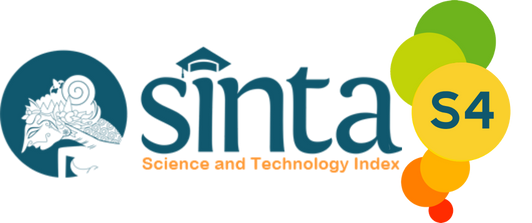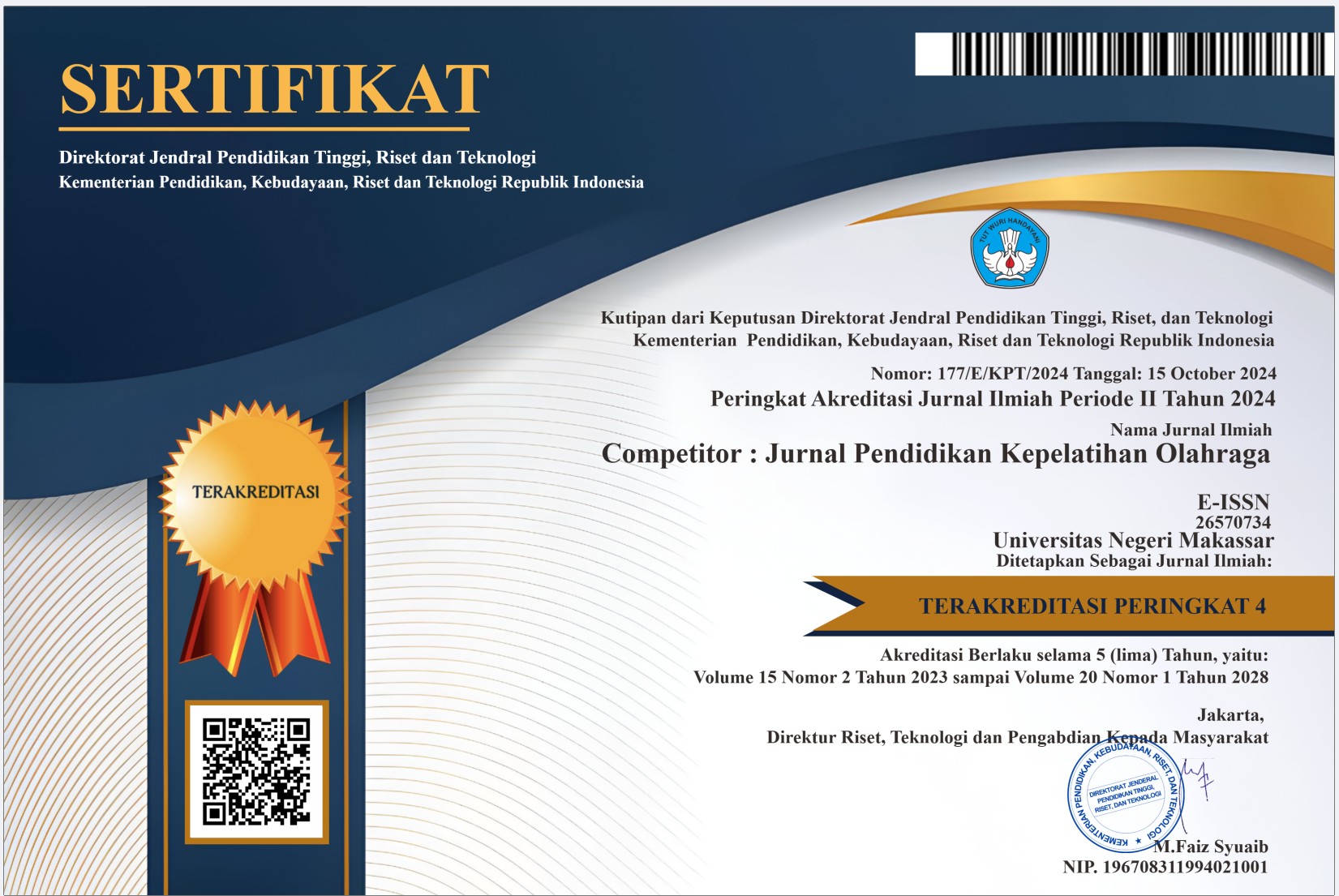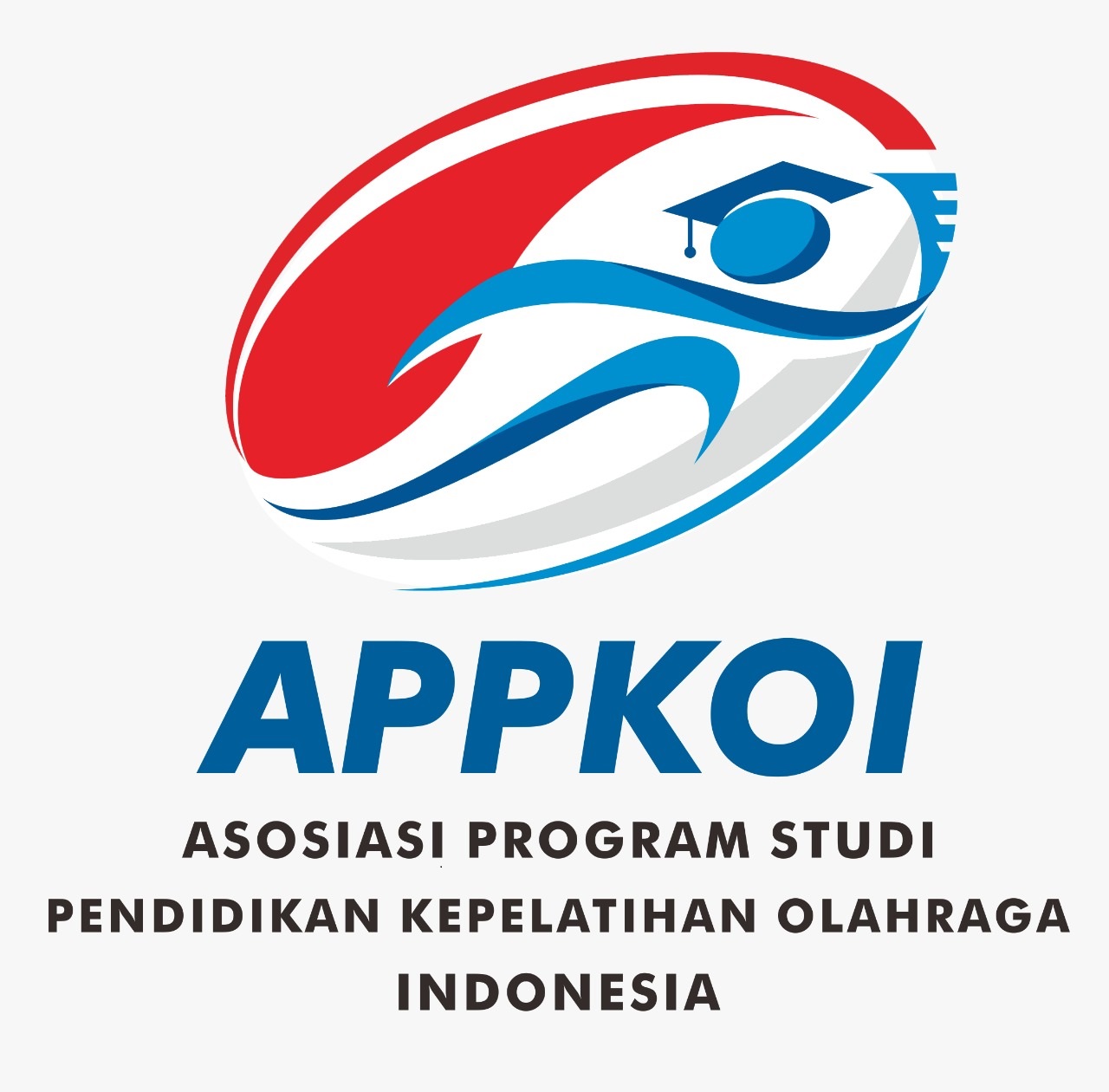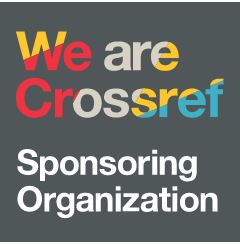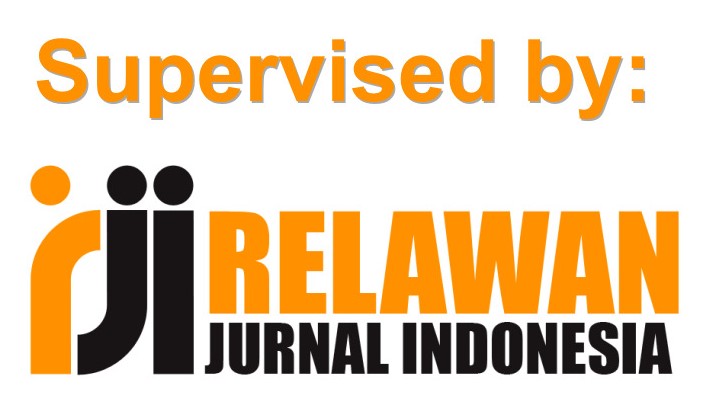The Effect of Sports Extracurricular Participation on Confidence and Social Interaction of High School Students
DOI:
https://doi.org/10.26858/cjpko.v17i1.73627Keywords:
Extracurricular, Confidence, Social Interaction.Abstract
This study aims to analyze the influence of sports extracurricular participation on students' confidence and social interaction at SMA Karika Chandra Kirana Makassar. Participation in sports and extracurricular activities is believed to have a positive impact on students' psychosocial development. This study uses a quantitative design with an ex post facto approach. The research sample consisted of 63 students who actively participated in the sports of football (21 students), basketball (15 students), volleyball (12 students), karate (7 students), and badminton (8 students), who were selected using purposive sampling techniques. The instruments used included sports extracurricular participation questionnaires, The Self-Confidence Scale, and the Social Interaction Scale. The results of regression analysis showed that sports extracurricular participation had a significant effect on these two psychosocial variables. The regression model for the effect of participation on self-confidence showed an R Square value of 0.919 with a t-value of 26.33 and a Sig. of 0.000. As for the effect of participation on social interaction, the R Square value was 0.934 with a t value of 29.39 and Sig. 0.000. Based on these results, it can be concluded that sports extracurricular participation plays an important role in increasing students' confidence and social interaction skills. Schools should encourage student participation in sports activities as part of their psychosocial development efforts.References
Agustina, I. O., Juliantika, J., Saputri, S. A., & others. (2023). Peran kegiatan ekstrakurikuler dalam pembinaan dan pengembangan siswa sekolah Dasar. Jurnal Bintang Pendidikan Indonesia, 1(4), 86–96.
Akbari, O., & Sahibzada, J. (2020). Students’ self-confidence and its impacts on their learning process. American International Journal of Social Science Research, 5(1), 1–15.
Artiluhung, R. R., & Yulianto, A. G. (2025). Dampak Keterlibatan dalam Olahraga Beregu dan Individu terhadap Peningkatan Kepercayaan Diri Siswa. Journal Olympic (Physical Education, Health and Sport), 5(1), 1–7.
Ballane, G. P. (2019). Understanding of self-confidence in high school students. Walden University.
Gamage, K. A. A., Dehideniya, D., & Ekanayake, S. Y. (2021). The role of personal values in learning approaches and student achievements. Behavioral Sciences, 11(7), 102.
Graham, S. (2022). Self-efficacy and language learning--what it is and what it isn’t. The Language Learning Journal, 50(2), 186–207.
Ilhan, A., & Bardakci, U. S. (2020). Analysis of the Self-Confidence of University Students According to Physical Activity Participation. African Educational Research Journal, 8(1), 111–114.
Ishak, A. W. (2021). Communicating with sports teams. In The Emerald Handbook of group and team communication research (pp. 505–518). Emerald Publishing Limited.
Kao, C.-C. (2019). Development of team cohesion and sustained collaboration skills with the sports education model. Sustainability, 11(8), 2348.
Kelly, J. A., St Lawrence, J. S., Smith, S., Hood, H. V, & Cook, D. J. (n.d.). Social Interaction Scale. International Journal of Nursing Studies.
Kim, D. H., Kim, J. H., & Park, K.-J. (2023). The impact of regular exercise, competition experience, and physical self-efficacy on psychological resilience. Revista de Psicolog{’i}a Del Deporte (Journal of Sport Psychology), 32(3), 1–19.
Kliziene, I., Klizas, S., Cizauskas, G., & Sipaviciene, S. (2018). Effects of a 7-Month Exercise Intervention Programme on the Psychosocial Adjustment and Decrease of Anxiety among Adolescents. European Journal of Contemporary Education, 7(1), 127–136.
Krammer, I., Schrank, B., Pollak, I., Stiehl, K. A. M., Nater, U. M., & Woodcock, K. A. (2023). Early adolescents’ perspectives on factors that facilitate and hinder friendship development with peers at the time of school transition. Journal of School Psychology, 98, 113–132.
Kurniati, E. (2016). Permainan tradisional dan perannya dalam mengembangkan keterampilan sosial anak. Kencana.
Lopez-Garrido, G. (2023). Bandura’s self-efficacy theory of motivation in psychology. Simply Psychology, 10(1).
Lubis, L., Fazira, E., & others. (2022). Connection management self-concept and social support with student confidence. Nidhomul Haq: Jurnal Manajemen Pendidikan Islam, 7(1), 31–38.
McGrane, B., Belton, S., Powell, D., Woods, C. B., & Issartel, J. (2016). Physical self-confidence levels of adolescents: Scale reliability and validity. Journal of Science and Medicine in Sport, 19(7), 563–567.
Putra, M. K. (2016). Tingkat Partisipasi Siswa dalam Mengikuti Kegiatan Ekstrakurikuler Olahraga di SMP Negeri 2 Mrebet Kecamatan Mrebet Kabupaten Purbalingga. Pendidikan Jasmani Kesehatan Dan Rekreasi, 5(4).
Setiawati, R., Frimananda, G. R., Hasanah, U., Dian, A. D. S., Fitriyati, N., & Mulyana, A. (2024). Membangun Keterampilan Sosial: Peran Olahraga Jasmani dalam Perkembangan Sosial Anak Sekolah Dasar. Indo-MathEdu Intellectuals Journal, 5(3), 2728–2740.
Shang, Y., Xie, H.-D., & Yang, S.-Y. (2021). The relationship between physical exercise and subjective well-being in college students: The mediating effect of body image and self-esteem. Frontiers in Psychology, 12, 658935.
Sobarna, A., Hamidi, A., & Rizal, R. M. (2021). Sosiologi Olahraga: Teori, Konsep dan Aplikasi Praktis. Desanta Publisher.
Wahid, S., Pamungkas, A. H., & others. (2019). The development of character through extra-curricular programs. 1st International Conference on Education Social Sciences and Humanities (ICESSHum 2019), 918–926.
Yulianto, A. G., Triansyah, A., & Azizah, A. N. (2025). Strategi Optimalisasi Aktivitas Fisik dalam Pendidikan Jasmani untuk Meningkatkan Kepercayaan Diri Siswa. Journal Olympic (Physical Education, Health and Sport), 5(1), 32–40.
Downloads
Published
Issue
Section
License
Copyright (c) 2025 Muhammad Ivan Miftahul Aziz, Andi Sahrul Jahrir (Author)

This work is licensed under a Creative Commons Attribution 4.0 International License.

